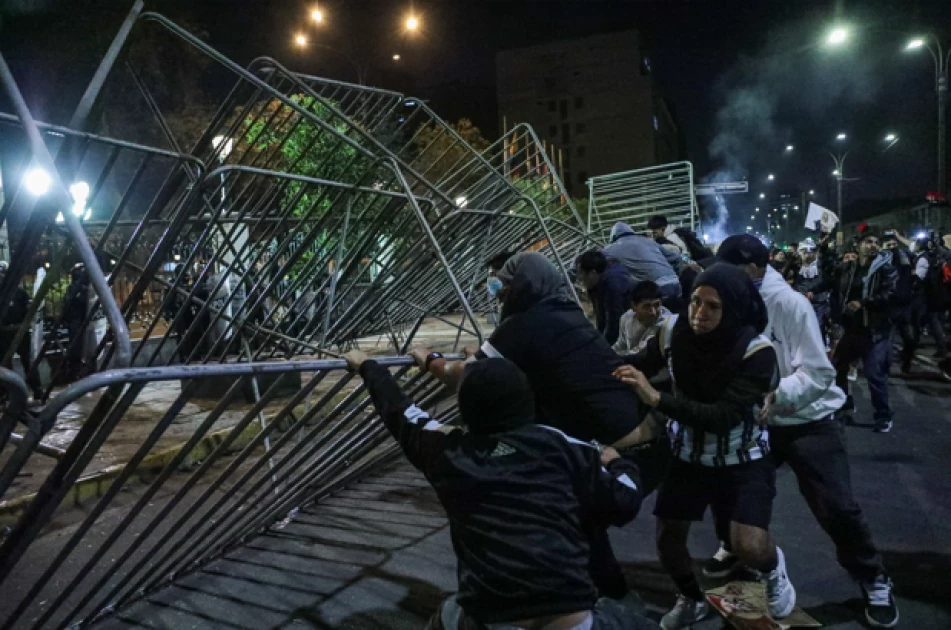At least 19 people were injured in Peru over the weekend during anti-government protests targeting President Dina Boluarte and Congress. The demonstrations, which took place in downtown Lima, highlighted growing frustration over corruption, insecurity, and recent pension reforms.
According to the National Human Rights Coordinator (CNDDHH), 18 civilians, including a journalist, sustained injuries after clashes with police. Authorities confirmed that a police officer suffered first-degree burns from a Molotov cocktail.
AFP journalists on the ground reported that some groups of young protesters threw stones, firebombs, and fireworks at law enforcement. In response, police fired tear gas and rubber bullets, actions that human rights advocates criticized as excessive.
“We call on the police to respect the right to protest. There was no justification for firing large amounts of tear gas, much less for attacking people,” said CNDDHH lawyer Mar Pérez.
On Sunday night, another march involving transport workers and the Generation Z youth collective was dispersed with tear gas. Protesters demanded an end to corruption and rising insecurity linked to organized crime.
“We are marching against corruption, for life, and against the crime that is killing us every day,” said Adriana Flores, a 28-year-old engineer.
Public Anger Over Pension Law
Tensions escalated after the government passed a controversial law on September 5 requiring young people to contribute to private pension funds. The move sparked outrage among youths, many of whom face precarious employment and an informal job market exceeding 70 percent.
Declining Approval Ratings
Boluarte’s approval rating has sharply declined, with many Peruvians accusing her administration of failing to address corruption and insecurity. The conservative-majority Congress faces similar criticism, with polls showing widespread disapproval.
With her term running until July 28, 2026, Boluarte faces mounting pressure as protests intensify. Human rights advocates warn that continued police crackdowns could further inflame public anger and deepen Peru’s political crisis.

